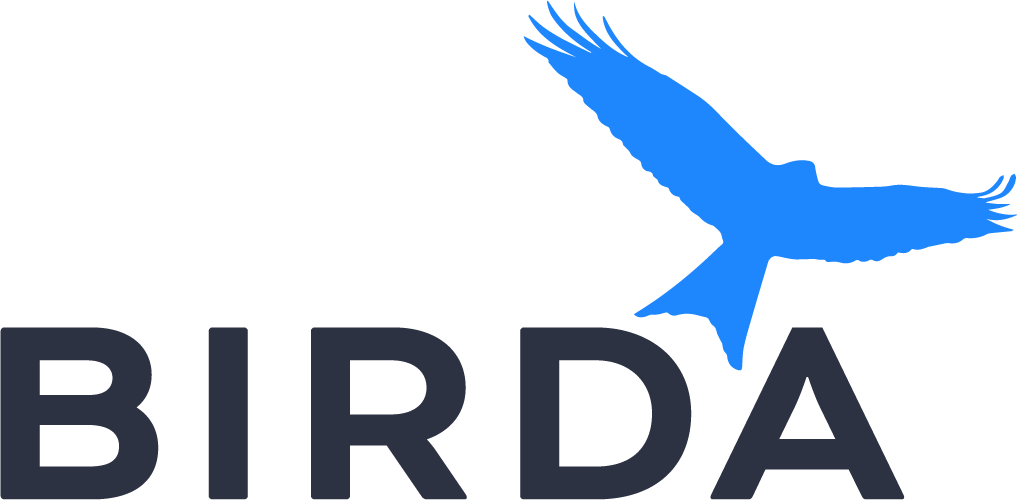
Lesser Whistling Duck
Dendrocygna javanica
The Lesser Whistling Duck, also known as the Indian Whistling Duck or Lesser Whistling Teal, is a charming species with a distinctive chestnut brown plumage and a long neck. This bird is easily recognized by its broad wings, which are particularly visible during flight, and its chestnut rump, which sets it apart from its larger relative, the Fulvous Whistling Duck, with its creamy white rump.
Identification Tips
When observing the Lesser Whistling Duck, look for the orange to yellow ring around the eye and the dark crown, which are key features for identification. Both sexes share similar plumage, making them indistinguishable in the field. In flight, they hold their heads below the body level, a characteristic posture of the Dendrocygna genus.
Habitat
These ducks favor freshwater wetlands with ample vegetation cover. They are often seen resting during the day on the banks or even on the open sea in coastal areas.
Distribution
The Lesser Whistling Duck has a wide distribution across the lowland wetlands of the Indian subcontinent and Southeast Asia, including islands such as the Andamans, Nicobars, and Maldives. They exhibit local movements in response to weather and water availability, with northern birds wintering further south.
Behaviour
Gregarious by nature, these ducks are often found in flocks. They are nocturnal feeders, dabbling and diving in water for food during the night and resting by day. They are also known to waddle on land, with Common mynas sometimes following them on grass.
Song & Calls
The Lesser Whistling Duck is named for its wheezy two-note call, which is often heard as they circle overhead. This call has inspired local names such as "sili" and "silhahi" in India.
Breeding
Breeding occurs during the monsoon or rainy season, with variations depending on local food availability. Nest sites can be tree holes or forks of large trees, sometimes reusing old nests of other birds or even on the ground. Both parents incubate the eggs, which hatch after about 22–24 days. Multiple broods may be raised in a single season.
Similar Species
The most similar species is the Fulvous Whistling Duck, which can be differentiated by its creamy white upper-tail coverts, as opposed to the chestnut rump of the Lesser Whistling Duck.
Diet and Feeding
Their diet consists of plants taken from the water, grains from cultivated rice fields, small fish, frogs, molluscs, and worms.
Conservation status
With a global population estimated between two and twenty million individuals, the Lesser Whistling Duck is classified as Least Concern by the IUCN. They are not typically hunted for food, as they are not considered palatable.

































































